How to rescue a stranded large ship?
(Baonghean.vn) - Regarding the fact that there are currently 4 large ships stranded in Nghe An after storm No. 2, Nghe An Newspaper reporters interviewed Mr. Nguyen Cong Luan - Director of Thien Tai Company Limited, one of the ship rescue units in Nghe An about rescuing stranded ships.
PV: Sir, can you tell us the reason why ships often run aground during storms?
Mr. Nguyen Cong Luan:There are many reasons that lead to the phenomenon of running aground for a ship. In addition to natural disasters, it is mainly due to human factors, that is, the unreasonable exploitation of the ship. Specifically, such as not understanding the conditions of the ship's operating area, the ship's route is not carefully planned. Unprofessional in operating nautical charts, subjective positioning based on experience and habits leading to errors in the navigation process.
Ships can easily run aground due to errors in observation and measurement, leading to confusion about many objects such as lighthouses, buoys, cliffs, floating objects... It is also possible that too much trust in the signaling objects leads to unnecessary errors. Or there are errors and confusion in determining the speed of the flow, the direction of the flow as well as the tide; the channel is too narrow compared to the size of the ship, affecting the ship's turning process...
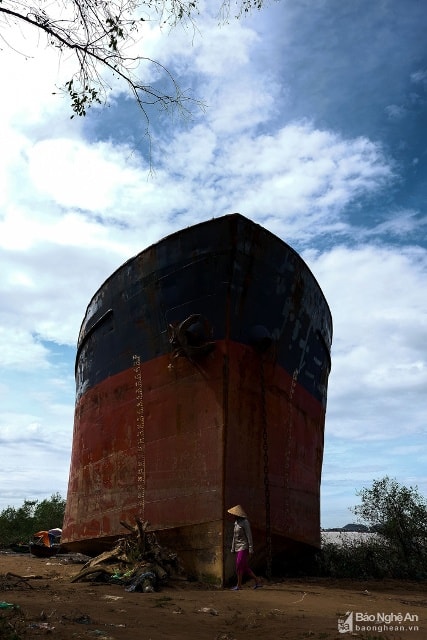 |
| A large ship ran aground at Cua Hoi - Cua Lo, Nghe An. Photo: Le Thang |
PV: Sir, how are these large ships rescued to safe areas?
Mr. Nguyen Cong Luan:Immediately after a ship runs aground, the ship operator needs to determine the ship's position, carefully study the tides, currents as well as hydrometeorological phenomena in that area.
Use a depth gauge to determine the depth of the area where the ship is stranded, understand the nature of the bottom in the area around the ship, sand or soil, rocks... determine the area where the ship's hull is stranded and its extent. It is necessary to clearly identify and check the inside of the ship's hull, see if there is a hole in the bottom or not to propose a plan to pump out water as well as plug the hole if there is one.
If the ship is punctured and water has entered the hull, the location and severity of the puncture must be determined and all watertight doors must be closed, measures must be taken to drain the water and prevent further water from entering the hull. Check the condition of the propeller and rudder for damage.
To determine the land level, we can determine the actual draft of the ship to compare with the draft of the ship when the ship is stranded.
After measuring the depth, it is necessary to determine the bottom and its terrain, and determine the surrounding locations to find a reasonable drainage direction.
In addition to constantly observing the weather, it is necessary to calculate the amount of water entering the hold, the leaking tank and the change in draft. Determine the pulling force needed to help the ship escape, the time of high and low tides, determine the volume of cargo that needs to be unloaded to reduce the weight of the ship...
Then calculate the force the ship exerts on the ground and determine the pulling force to drain the water.
Stranding usually occurs at the stern and stern of the ship, or one side of the ship. It is necessary to release some of the cargo load to escape the ground. We often use large capacity tugboats and barges carrying A-shaped cranes with a lifting capacity of 120T or more, sand and gravel suction machines, large water suction machines and anchors, and positioning winches for rescue. For ships stranded on the sand, we must suck sand from the stranded part.
The rescue unit will use a tug to pull the barge to the sunken ship's location, anchor the winch to locate the barge. Have people check the ship, determine the location of the holes to plug before lifting. Use a sandblaster at the necessary locations, have people thread cables into the lifting locations. Then use an A-shaped crane to float the ship, use a high-capacity pump to pump water out of the ship, use a tug to pull it out to the pre-agreed location.
PV: Thank you!
Pearl
(Perform)


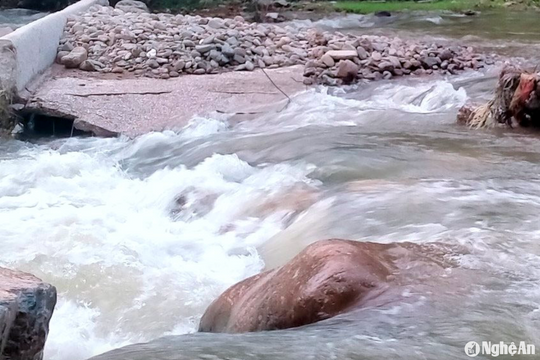
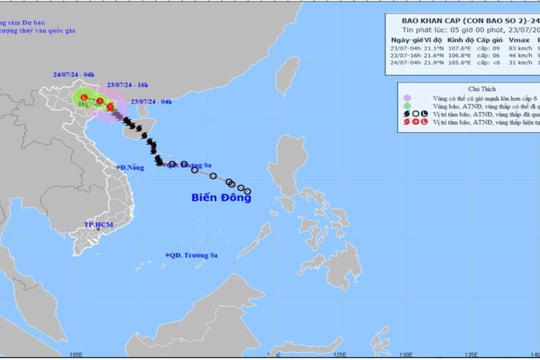
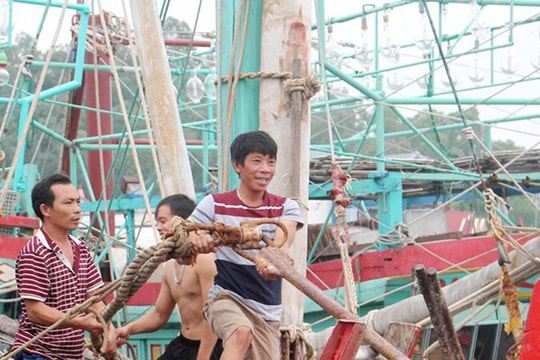

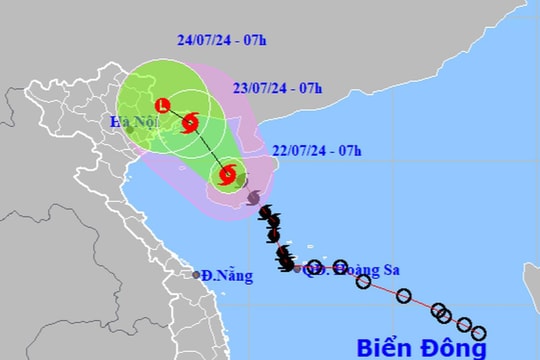
.jpg)
